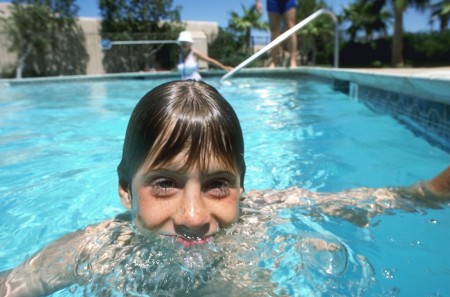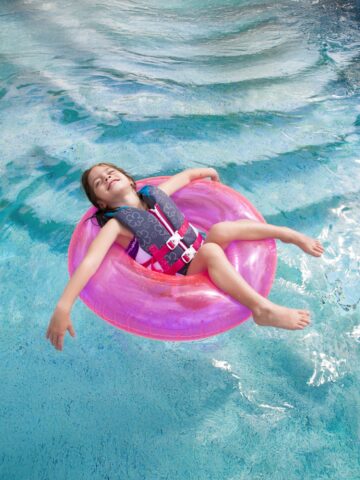In cases of drowning, not all victims die. Fatal drowning are usually the most publicized, but what the public often doesn’t hear are the tragic stories of near-drowning survivors who face lifelong disabilities due to the lack of oxygen to their brains.
An estimated 5,000 children ages 14 and younger are hospitalized each year for near-drowning: 15 percent die in the hospital and up to 20 percent are left with severe, permanent neurological disabilities, says Dr. Gary Goodman, a critical care specialist and medical director of the Pediatric Intensive Care Unit at CHOC at Mission Hospital.
“Humans are air-breathing animals,” Dr. Goodman says. “Our bodies need a constant supply of oxygen. There is no organ that is more sensitive to a lack of oxygen than the brain. It cannot use any other fuel. It has to have oxygen.”
The parts of the brain that control thinking and memory are the first areas of the brain to be harmed as a result of oxygen deprivation. Physicians believe that brain damage begins to occur after about five minutes of oxygen deprivation.
“If you can rescue a child before that and restore their breathing with CPR, and get their breathing back, usually the children will recover,” Dr. Goodman says. “After five minutes, there will be brain damage. It’s just a matter of how severe.”
Victims of near-drowning accidents whose brains are deprived of oxygen for too long often experience disabilities for the rest of their lives. These include central nervous system damage contributing to varying levels of brain damage, resulting in memory loss, seizures, learning disabilities, paralysis and sometimes remaining in a permanent vegetative state.
Surviving victims may also experience a lifetime of multiple medical problems including respiratory, cardiovascular and neuromuscular disorders. This can take a major toll on a family.
Drowning is the leading cause of unintentional injury-related death for children ages 1 to 4. It takes only seconds to drown, and it often occurs silently when an unsupervised child is near water, Dr. Goodman says.
Although most incidents of drowning in Orange County occur in backyard swimming pools, children can drown in just one inch of water. They can drown in buckets, bathtubs, wading pools, diaper pails, toilets, hot tubs and spas. Open water such as oceans, rivers and lakes pose a drowning threat to people of all ages.
Get more expert health advice delivered to your inbox monthly by subscribing to the KidsHealth newsletter here.
Get more safety and injury prevention tips from CHOC experts
More children are affected by injuries than all other childhood illnesses and diseases combined. Most of these injuries are predictable and preventable. Here’s how to keep your child safe.






